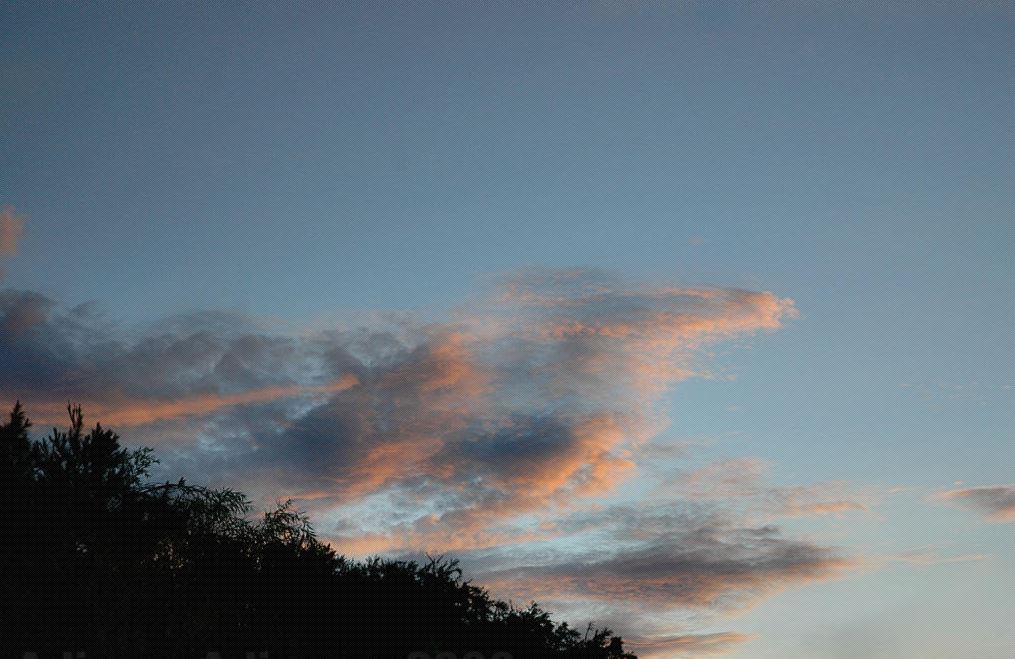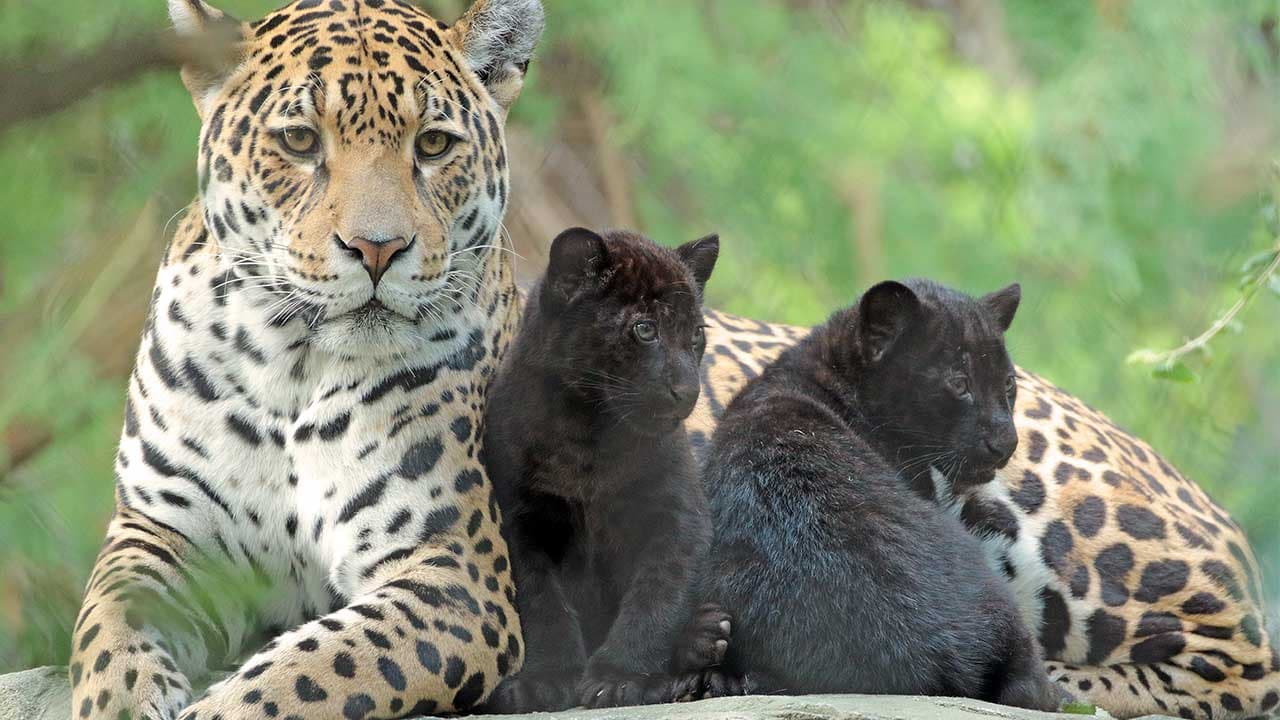posted it on his Facebook account, stating that it was taken by his sister-in-law’s grandkids during a stroll. The photo quickly went viral, finding its way to Reddit’s “Pareidolia” subgroup—a community dedicated to sharing pictures of things that look like other things.

The post sparked a wave of humorous and imaginative comments. Reddit user robseraiva led the charge with the comment, “DONT PANIC.” Others joined in with remarks like “Oh no, not again,” and “GOJIRA!” drawing comparisons between the cloud and Godzilla, the iconic king of monsters. Another user, Anonfamous, quipped, “See? Due to all the stay-at-home orders and the slowing of human interference with nature, whales have finally returned to the Texas skies,” referring to the lockdown orders issued by Texas Governor Greg Abbott from April 2 to April 30.


Adding to the fun, Redditor access153 commented, “That’s a major 42 if I’ve ever seen one,” a nod to Douglas Adams’ famous book, The Hitchhiker’s Guide to the Galaxy, where the number 42 is humorously cited as the answer to the ultimate question of life, the universe, and everything.
What is Pareidolia?
Pareidolia is a psychological phenomenon where people perceive familiar patterns or images, such as faces or objects, in random stimuli. The term is derived from the Greek words “para” (meaning faulty or wrong) and “eidōlon” (meaning image, shape, or form). Essentially, it’s the tendency to see significant shapes in places where they don’t actually exist—like seeing a face in the clouds or the image of Jesus on a piece of toast. Pareidolia is a type of apophenia, which involves finding patterns in randomness.


Scientists suggest that pareidolia may be the reason behind many reports of UFO sightings, monsters, and even hearing hidden messages when playing records backward. This phenomenon often has religious implications as well. Studies have found that people with strong religious beliefs or those who believe in the supernatural are more likely to see faces in inanimate objects or natural landscapes.
American cosmologist Carl Sagan proposed that pareidolia is an evolutionary survival tool. This instinct helped early humans quickly identify whether an approaching figure was friend or foe. However, this same instinct can also lead to false perceptions, such as seeing faces in random patterns of light and shadow.
One famous example of pareidolia in religious contexts is the Shroud of Turin—a linen cloth that bears the image of a man who appears to have suffered injuries consistent with crucifixion. Many believe it to be the image of Jesus, even though scientific evidence and interpretations vary.
While the “whale” spotted in the Texas sky may not have religious significance, it certainly captured people’s imaginations, providing some lighthearted distraction during challenging times.
Hits: 1162















